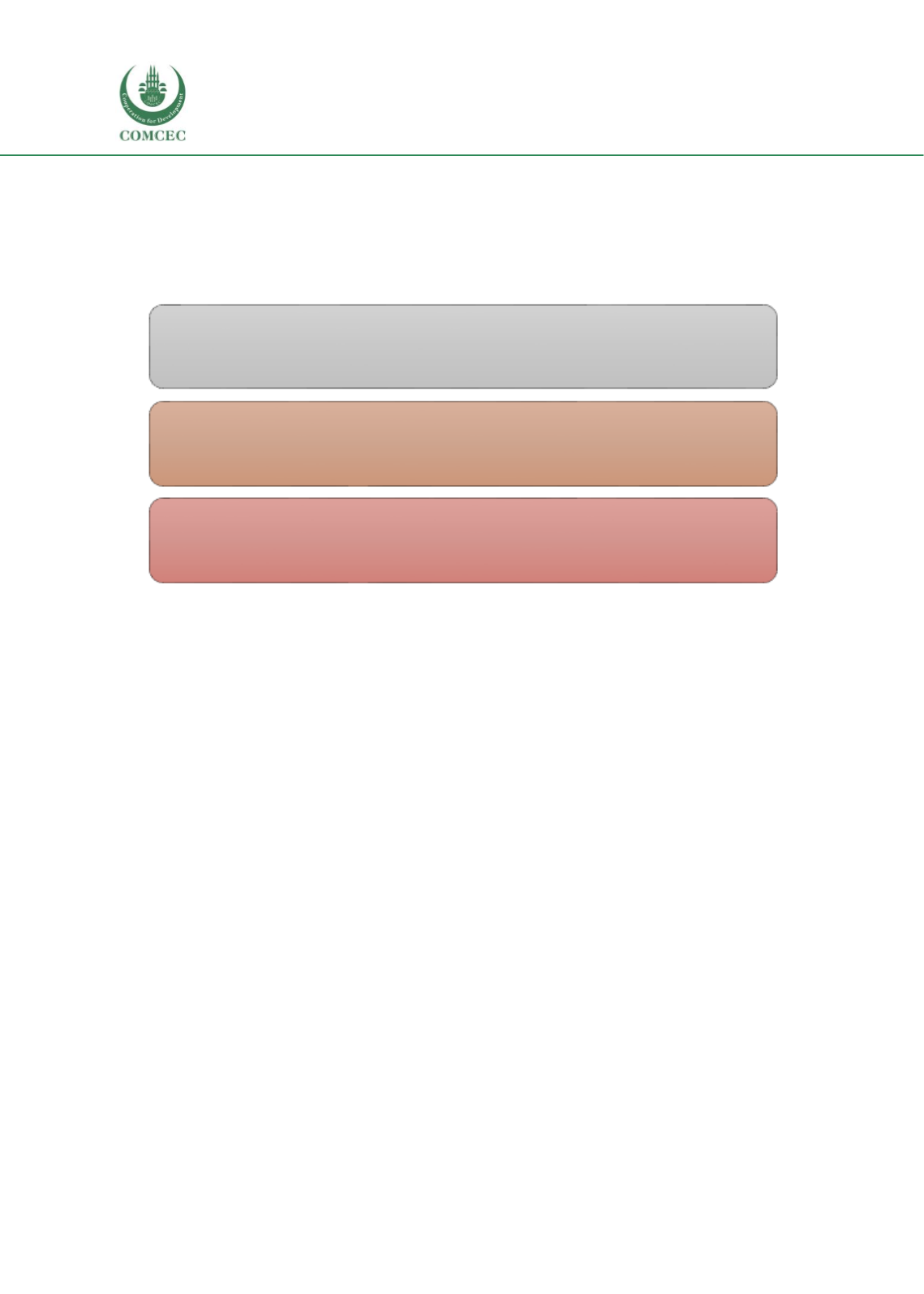

Skills Development: Vocational Education
in the Islamic Countries
132
F. Skills required
Skills’ checklist was circulated among TVET institutions (teachers and administrators) and
industries (supervisors) with an intention to identify skill gaps (skills that most TVET graduate
lack or have deficiency in). A total of 47 responses from both TVET institutions and industries
were received. After a though analysis, skills were clustered under three categories depending
on their level of deficiency:
1. Crucial skills set:
Most of the participants from both sectors (TVET sector and industry)
were identified skills (Table 5.20)which are imperative for any graduatewhowants toenter
in the labour forces of 21
st
century. These skills are considered, as a crucial skills set because
without having these skills graduates will not able to get employed in 21
st
century
2. Urgent skills set:
At least, 40%participants fromboth sectors (TVET sector and industry)
were agreed on skills (Table 5.20)which are important for any graduatewhowants to enter
in the labour forces of 21
st
century. These skills are considered, as an urgent skills set
because without having these skills graduates may face difficulties entering in the job
market of 21
st
century
3. Reasonable skills set:
At least, 30% participants from both sectors (TVET sector and
industry) were agreed on skills (Table 5.20) which may require for a particular job in 21
st
century. Therefore, graduates of TVET sectors are recommended to achieve these skills
before entering in the job market. These skills are considered, as a reasonable skills set
because it will give them (TVET graduates) an added advantage in the workplace and they
will able to take multiple responsibilities in the workplace.
Crucial Skills:
Obligatory skills for curentand future employment
Urgent Skills:
Importantskills for curentand future employment
Reasonable Skills: Addditionalskills for curentand future employment
















